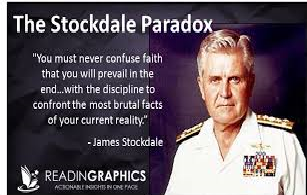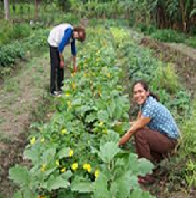Research Paper Outline with Annotated Bibliography After continued research, construct a working outline for the research paper.

The outline should cover the topics and supporting details of your research paper. The research paper must affirm the thesis on the approved research topic you have selected.
The outline must be a minimum of 500 words (approximately two pages, if the template is used properly). It should include an updated thesis, conform to Turabian style standards, and be as detailed as possible.
Update your annotated bibliography. The annotated bibliography should reflect continued research by including added source material and refined choices from the working bibliography in Topic 3. In the bibliography:
Justify each source with a short description of its relevance and appropriateness to the paper’s argument.
Be sure the annotations concisely summarize the source’s scope, accuracy, and usefulness.
Use only sources found at the GCU Library or those provided in Course or Topic Materials.
Prepare this assignment according to the Turabian guidelines found in the Turabian Style Guide, located in the Student Success Center.
Review the resource, “Preparing Annotated Bibliographies,” located in the Student Success Center, for additional guidance on completing this assignment in the appropriate style.
This assignment uses a scoring guide. Please review the scoring guide prior to beginning the assignment to become familiar with the expectations for successful completion.
You are required to submit this assignment to LopesWrite. Refer to the directions in the Student Success Center.












